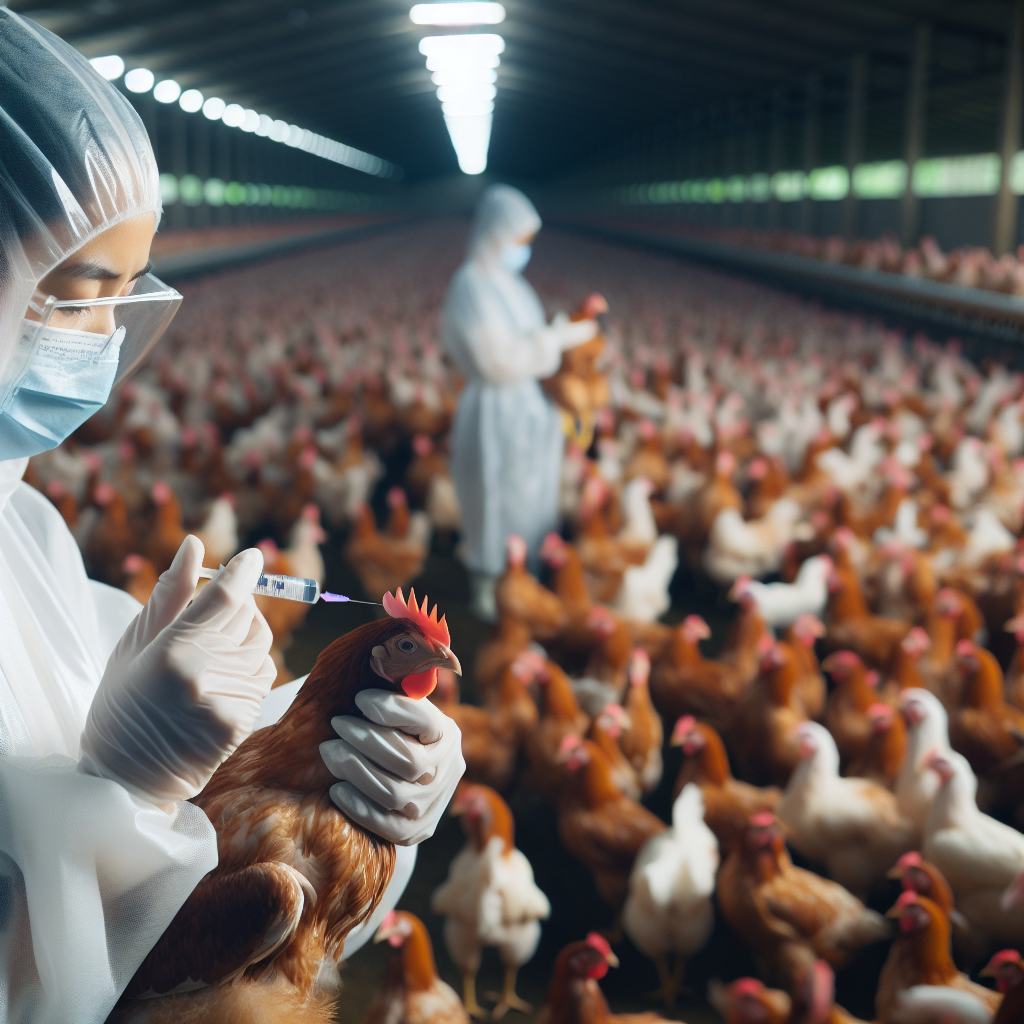Are you curious about the regional considerations for disposing of chicken waste and by-products? In this article, we will explore the various factors that come into play when it comes to the proper disposal of chicken waste and by-products in different regions. From environmental regulations to agricultural practices, understanding these regional considerations is essential for sustainable waste management and protecting our ecosystems. So, let’s dive into this fascinating topic and gain a better understanding of how different regions navigate the challenges of chicken waste disposal.
Regional Variations in Chicken Production
Chicken production is a vital and thriving industry globally, catering to the increasing demand for poultry products such as eggs and meat. However, the methods and practices of chicken production can vary significantly from one region to another. Factors such as climate, culture, and infrastructure greatly influence how chicken waste is managed and disposed of across different regions. Understanding these regional variations is crucial in order to develop comprehensive waste management strategies that are both environmentally sustainable and economically viable.
Types of Chicken Waste and By-products
Chicken waste and by-products encompass a wide range of materials generated throughout the production process. The two primary types of waste are manure and feathers. Chicken manure is rich in nutrients and organic matter, making it a valuable resource for fertilizer production. Feathers, on the other hand, are primarily used in the animal feed industry due to their high protein content. Additionally, by-products such as blood, offal, and processing waste can also be generated, each with their own potential uses and challenges in disposal.
Regulations and Legislation on Disposal
Regulations and legislation surrounding the disposal of chicken waste vary from region to region. In some areas, there are stringent guidelines in place to ensure proper waste management practices, while other regions face less regulation. These regulations often focus on issues such as odor control, groundwater contamination, and overall environmental impact. Additionally, there may be specific restrictions on certain disposal methods, such as burning or burying waste, in order to protect public health and prevent the spread of diseases.
Environmental Impact of Chicken Waste
Improper disposal or mismanagement of chicken waste can lead to significant environmental consequences. Manure, if not properly treated or applied to land, can release harmful pollutants such as nitrogen and phosphorus into water bodies, leading to eutrophication and negatively impacting aquatic ecosystems. The decomposition of organic matter in the waste can also result in the release of greenhouse gases, contributing to climate change. It is vital for each region to address these environmental concerns and adopt sustainable waste management practices to mitigate the negative impact of chicken waste.
Alternative Uses for Chicken Waste
To minimize the environmental impact of chicken waste, various regions have explored alternative uses and treatment methods. One common approach is anaerobic digestion, which converts organic waste into biogas, a renewable energy source. This process not only reduces greenhouse gas emissions but also produces a valuable by-product in the form of digestate, which can be further utilized as a nutrient-rich fertilizer. Another potential avenue is composting, where chicken waste can be turned into nutrient-rich soil amendments. By exploring these alternative uses, regions can not only reduce waste but also tap into the potential economic benefits.
Regional Infrastructure and Facilities
The availability and capacity of infrastructure and facilities for chicken waste disposal vary greatly across different regions. Areas with well-developed agricultural sectors often have dedicated waste management systems in place, including treatment plants and large-scale composting facilities. On the other hand, regions that lack the necessary infrastructure may face challenges in managing chicken waste effectively. Building and investing in suitable facilities and infrastructure, tailored to the specific needs of each region, is essential to ensure efficient waste disposal and environmental protection.
Economic Factors in Waste Disposal
Economic factors significantly influence waste disposal practices in the chicken production industry. Regions with strong agricultural economies may have established markets for the by-products of chicken waste, such as fertilizers and animal feed. This encourages farmers and producers to invest in waste management practices that can generate additional revenue streams. However, in regions where chicken production is less economically viable, the cost of implementing proper waste management practices may pose challenges. Finding cost-effective solutions and incentivizing sustainable waste management practices is crucial for all regions.
Public Health Concerns
Chicken waste disposal also raises public health concerns, particularly in regards to the spread of pathogens and diseases. Improperly managed waste can serve as a breeding ground for harmful bacteria, viruses, and parasites, posing risks to both human and animal health. In regions where chicken production is concentrated in close proximity to residential areas, these concerns are further amplified. Implementing strict biosecurity measures, regular monitoring, and appropriate treatment methods are necessary to minimize the potential public health risks associated with chicken waste.
Cultural Attitudes and Practices
Cultural attitudes and practices can play a significant role in the management and disposal of chicken waste. In some regions, waste from chicken production may be considered a valuable resource and utilized for various purposes, such as fuel or building materials. In other areas, there may be cultural norms and traditions that influence waste management practices. Understanding and respecting these cultural perspectives is essential when developing waste management strategies, as they can greatly impact the acceptance and success of any proposed solutions.
Future Perspectives and Solutions
As the global demand for chicken products continues to rise, it is crucial to develop sustainable waste management solutions that address the regional considerations associated with chicken waste disposal. This requires collaboration between governments, industry stakeholders, and researchers to develop innovative technologies, improve infrastructure, and establish effective regulations. Investing in research and development, promoting education and awareness, and fostering international cooperation are all key factors in shaping a sustainable future for chicken waste management worldwide.
In conclusion, regional considerations for disposing of chicken waste and by-products are multifaceted, encompassing a range of factors such as regulations, infrastructure, public health concerns, and cultural practices. Understanding and addressing these regional variations is vital to develop effective and sustainable waste management strategies. By prioritizing environmentally responsible practices, exploring alternative uses for chicken waste, and fostering collaboration among stakeholders, we can ensure a healthier and more sustainable future for the chicken production industry.




